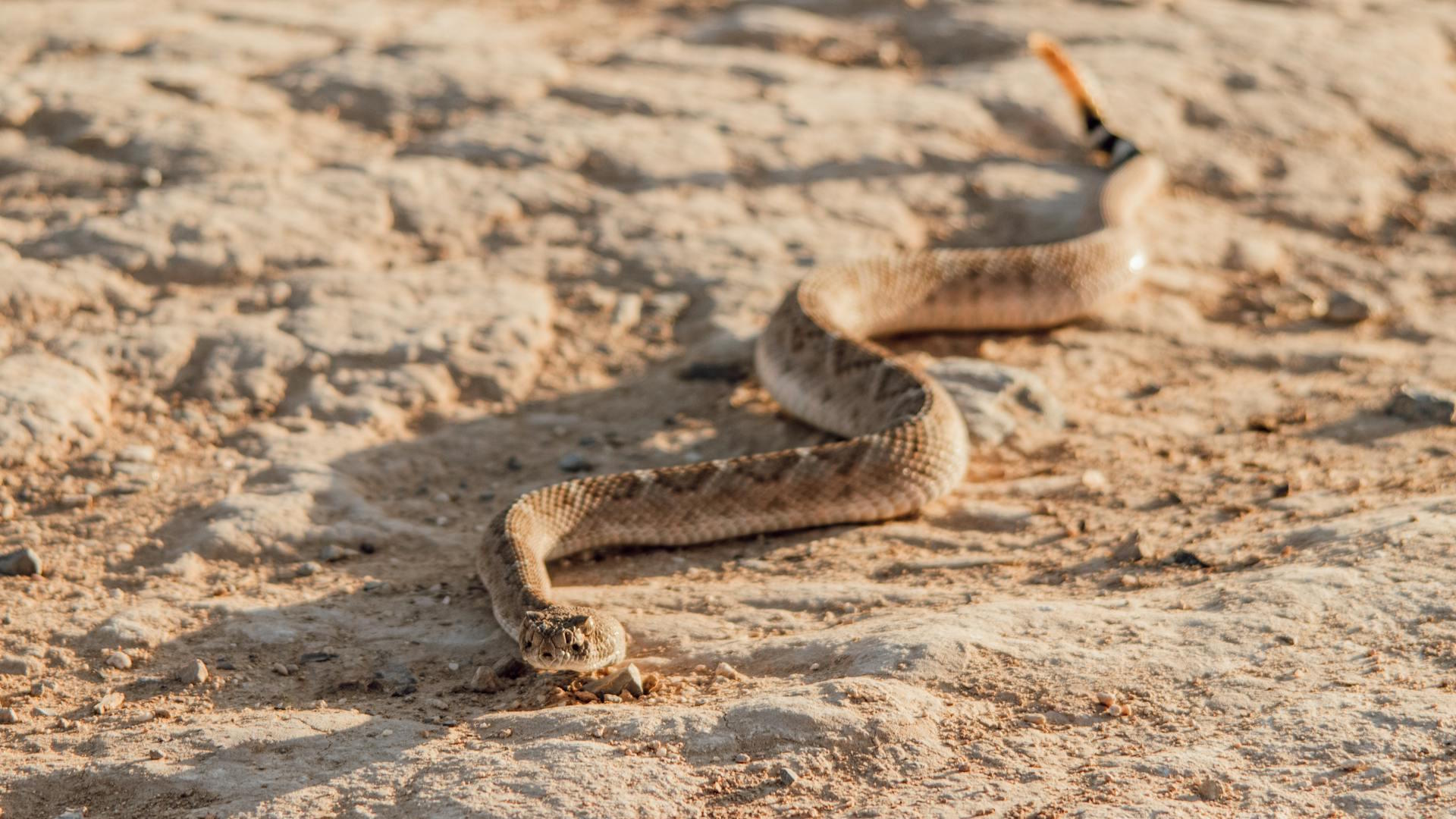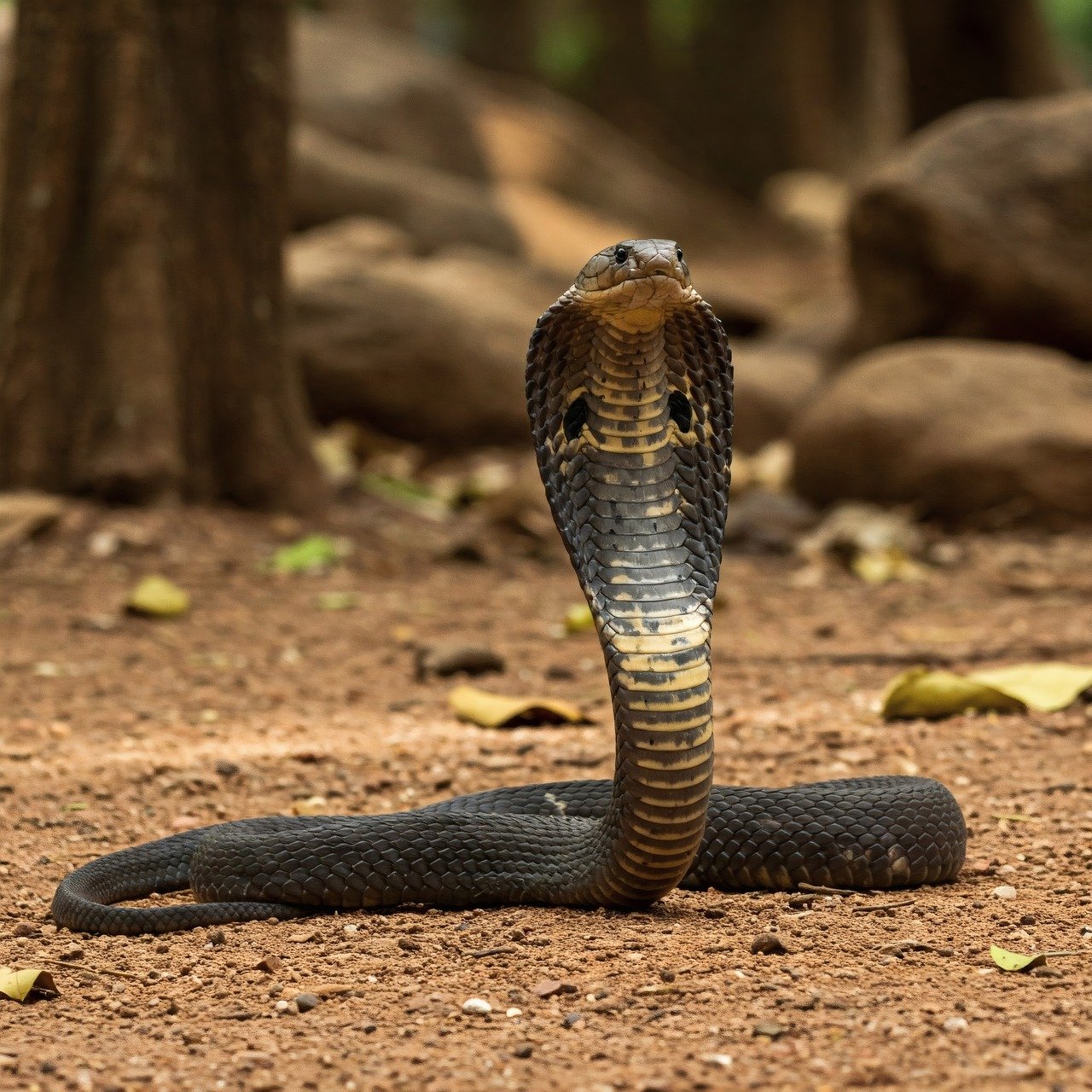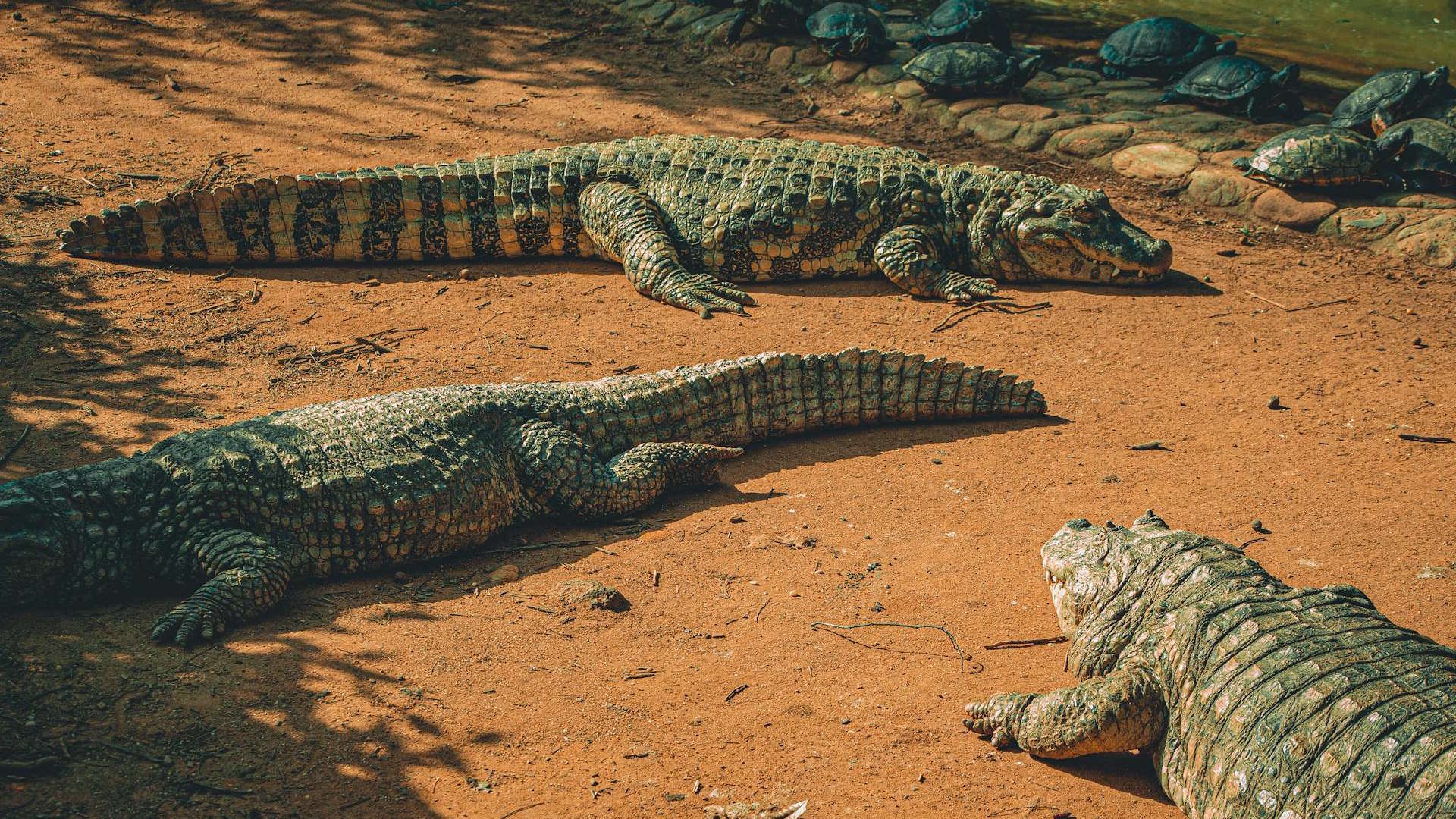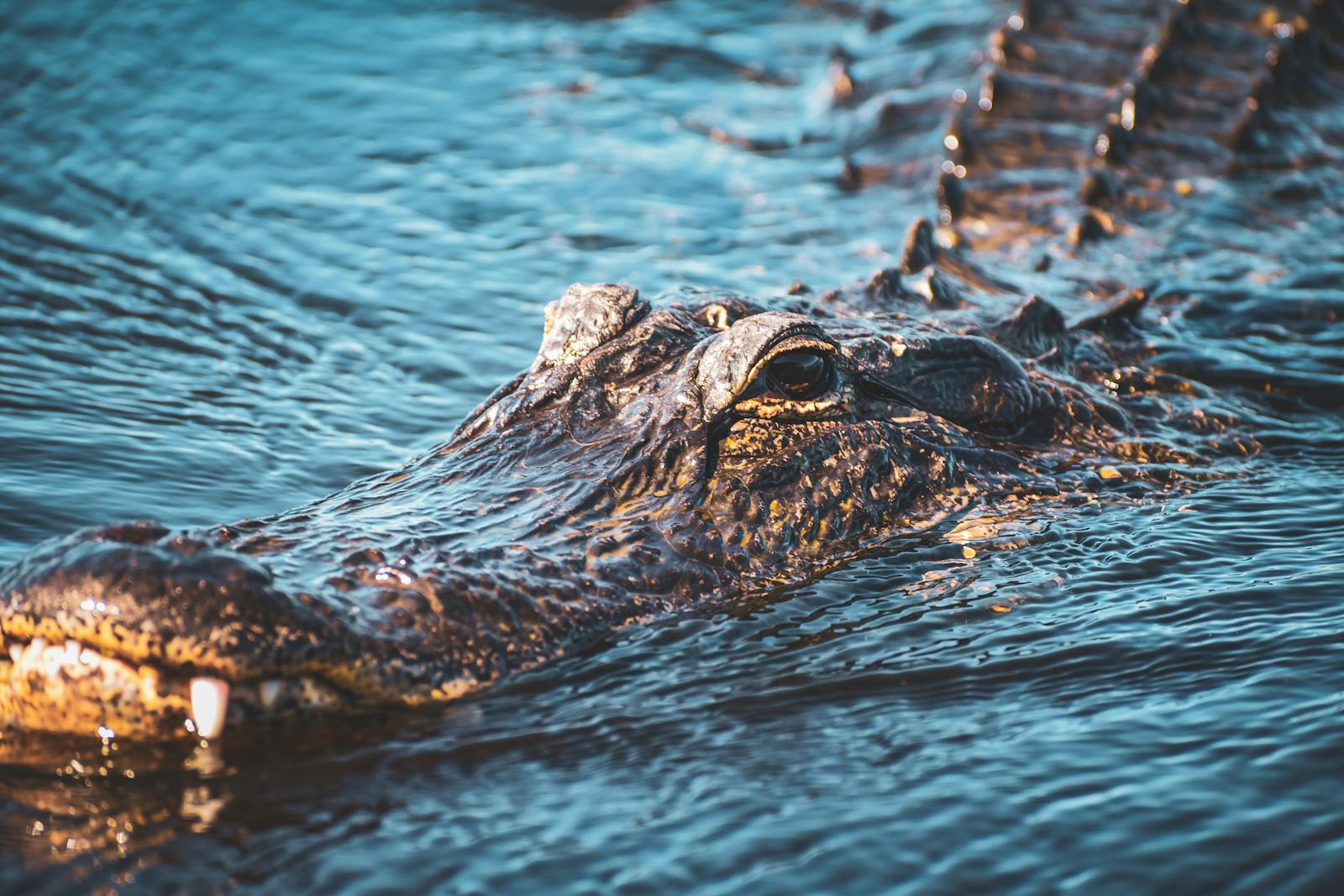Slithering serpents and scaly predators have captivated human imagination for centuries, often appearing in our nightmares rather than our daily lives. Yet, deadly reptiles don’t always confine themselves to remote jungles or desert landscapes as we might expect. In our increasingly interconnected world, these fascinating yet potentially dangerous creatures have been discovered in the most surprising locations, sometimes mere inches from unsuspecting humans. From urban toilets to airplane cabins, the unexpected appearances of venomous snakes, crocodilians, and other reptiles remind us that the boundary between wild and civilized spaces is more permeable than we might like to think. This article explores some of the most astonishing places where deadly reptiles have turned up, offering both cautionary tales and insights into our complex relationship with these ancient animals.
Deadly Stowaways in International Shipping
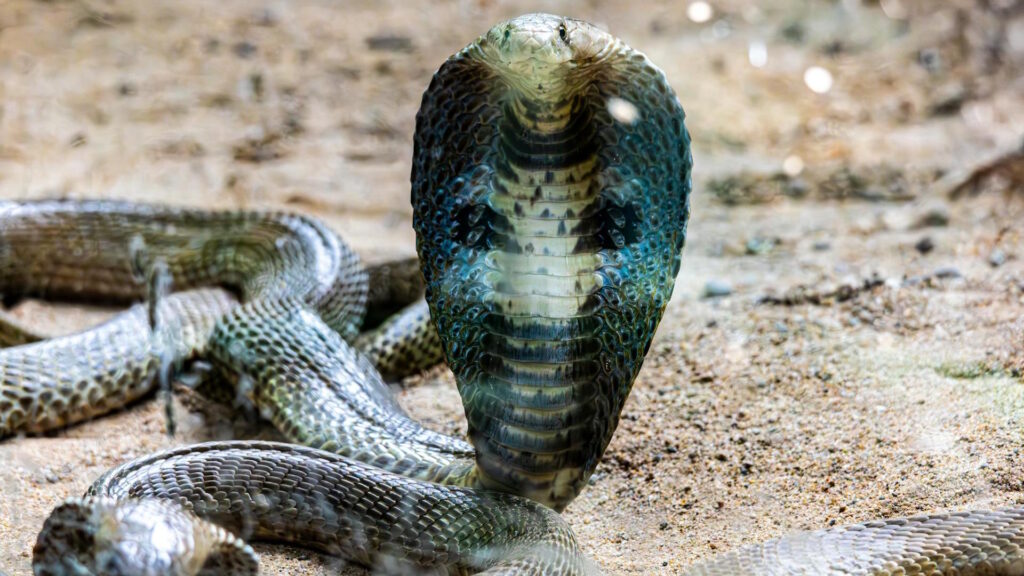
Global commerce has inadvertently created perfect transportation systems for reptiles seeking new territories. Shipping containers traveling across oceans have become unexpected habitats for a variety of deadly species, from venomous cobras to aggressive monitor lizards. In 2018, workers at a British port were shocked to discover a highly venomous saw-scaled viper—responsible for more human deaths than any other snake species—hiding among textile shipments from India. These reptilian hitchhikers can survive for weeks without food, making the journey from tropical regions to temperate zones without detection. What makes these cases particularly dangerous is that workers unpacking these containers have no reason to expect the presence of exotic and potentially lethal wildlife, creating perfect conditions for accidental envenomation in locations thousands of miles from appropriate antivenoms.
Toilet Bowl Terrors: Snakes in the Plumbing
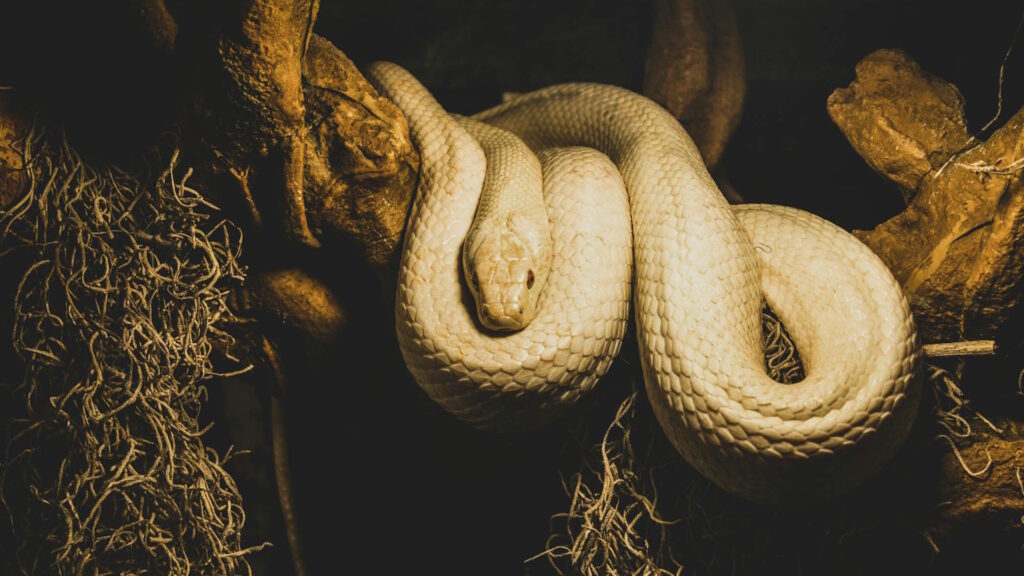
Perhaps nothing strikes more visceral fear than the thought of encountering a deadly reptile during our most vulnerable moments. Plumbing systems worldwide have occasionally become transit routes for snakes seeking water, shelter, or prey, resulting in toilet bowl discoveries that have sparked urban nightmares. In Thailand, Australia, and even parts of the United States, residents have lifted toilet lids to find pythons, rattlesnakes, and various other species preparing to emerge. In 2016, a Californian man received the shock of his life when a large rattlesnake rose from his toilet bowl, having navigated the plumbing system of his apartment building. Plumbing experts explain that snakes can enter through roof vents, broken pipes, or septic systems, navigating the twisted pipes with surprising ease. These cases demonstrate how modern infrastructure sometimes creates unexpected pathways for wildlife to enter our most private spaces.
Unexpected Aircraft Passengers
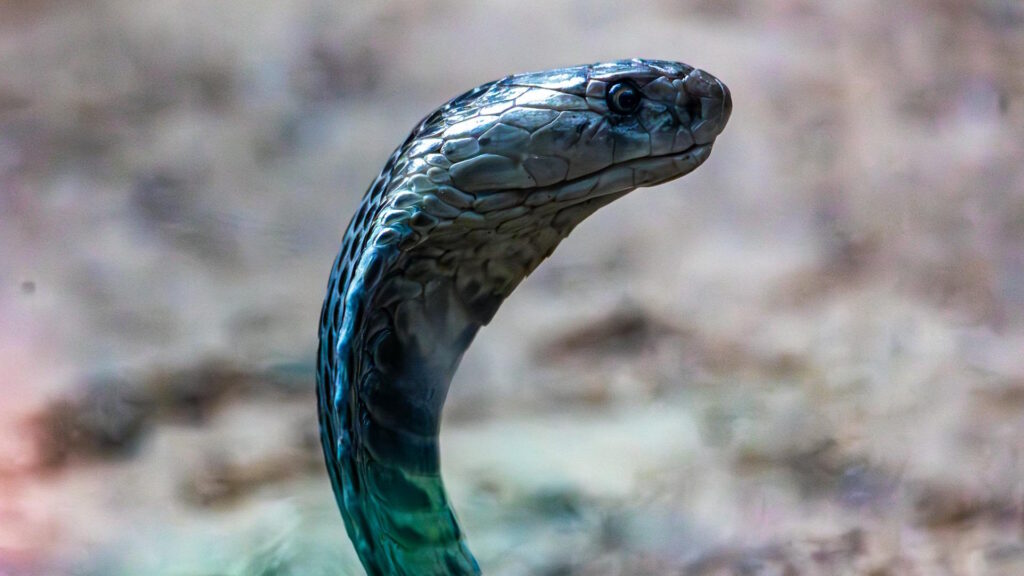
Commercial aircraft have become unlikely venues for encounters with deadly reptiles, creating some of the most dramatic wildlife incidents in confined spaces. In 2012, passengers on an Egypt Air flight from Cairo to Kuwait experienced genuine “Snakes on a Plane” terror when a cobra emerged from underneath a seat and began slithering through the cabin, forcing an emergency landing. The cobra had been smuggled aboard by a passenger attempting to transport the reptile illegally. In another incident, airport security in Melbourne discovered five live king cobras concealed in potato chip canisters during routine baggage screening. Aviation security experts note that the pressurized, temperature-controlled environment of aircraft can actually provide comfortable conditions for cold-blooded stowaways. These high-altitude encounters highlight how wildlife trafficking and accidental transport can create dangerous situations in the most unexpected airborne environments.
Department Store Surprises
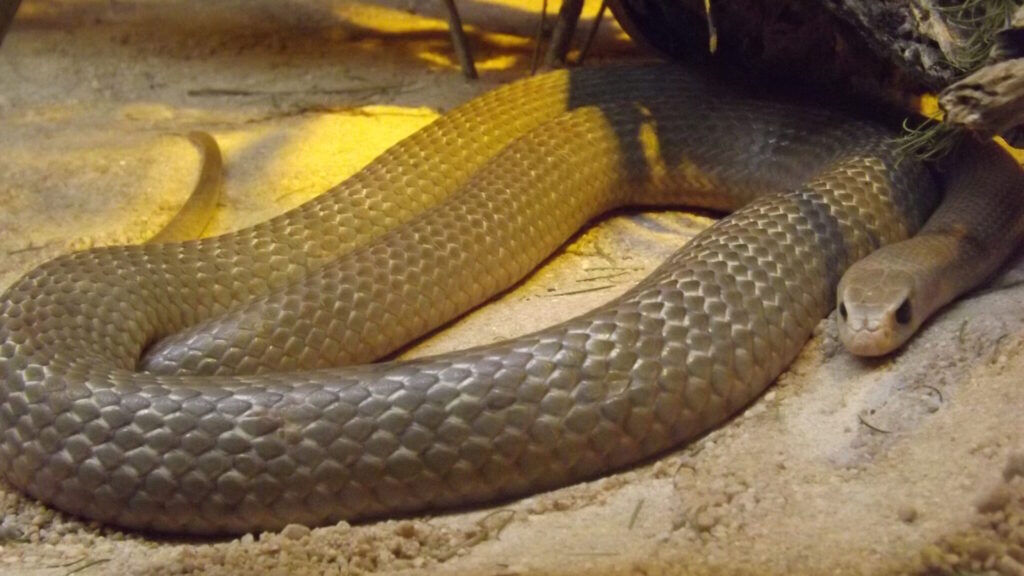
Retail environments designed for browsing clothing racks and testing electronics have occasionally hosted deadly reptilian visitors, creating panic in spaces devoted to commerce. In Brisbane, Australia, shoppers at a suburban department store fled in terror when a 10-foot eastern brown snake—the world’s second most venomous land snake—was spotted slithering between aisles of merchandise. The snake had likely entered through delivery doors seeking shelter from heat. In another incident, customers at a Florida home improvement store discovered a 6-foot alligator resting in the garden section, having wandered in from a nearby wetland. Wildlife experts suggest that the controlled climate, abundance of hiding places, and minimal nighttime human activity make retail spaces surprisingly attractive to reptiles seeking refuge. These incidents highlight how modern commercial spaces, despite their artificial environments, can sometimes intersect with the natural territories of potentially dangerous animals.
Venomous Hitchhikers in Produce Shipments
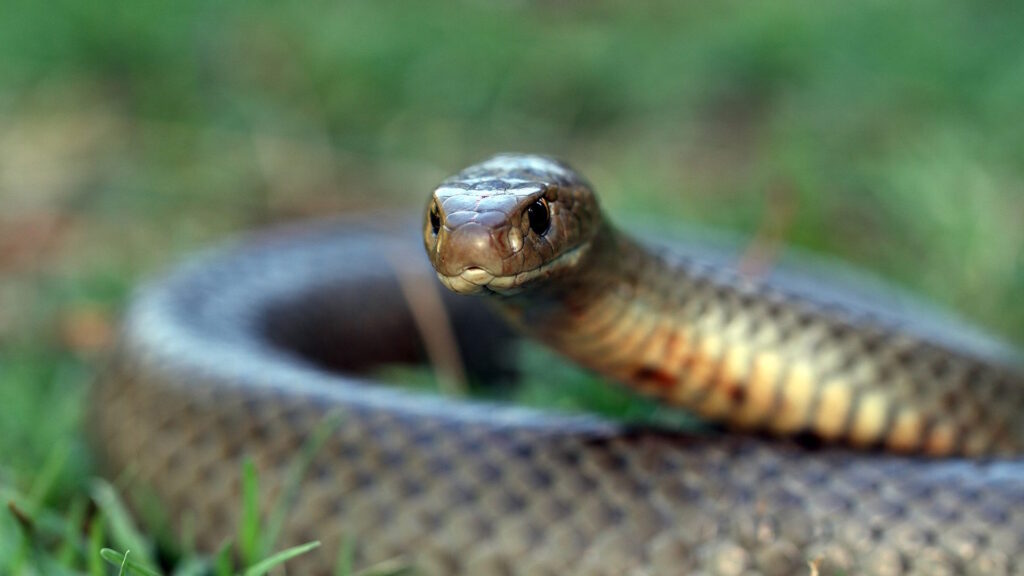
Your local grocery store’s produce section occasionally hosts more exotic life forms than just fruits and vegetables. Banana shipments have become notorious for transporting venomous spiders, but deadly reptiles have also made appearances among harvested crops. In 2021, a UK supermarket worker discovered a highly venomous Brazilian wandering spider among bananas from Colombia. Even more alarming was the 2018 incident where an Australian family found a young eastern brown snake coiled inside a sealed bag of supermarket lettuce. Agricultural experts explain that modern harvesting often disrupts reptile habitats, while the dense, moist environments of packed produce create ideal hiding spots. These encounters highlight how global food supply chains can inadvertently transport dangerous wildlife directly into our kitchens, creating potential hazards thousands of miles from these animals’ native ranges.
Children’s Toy Boxes and Bedrooms
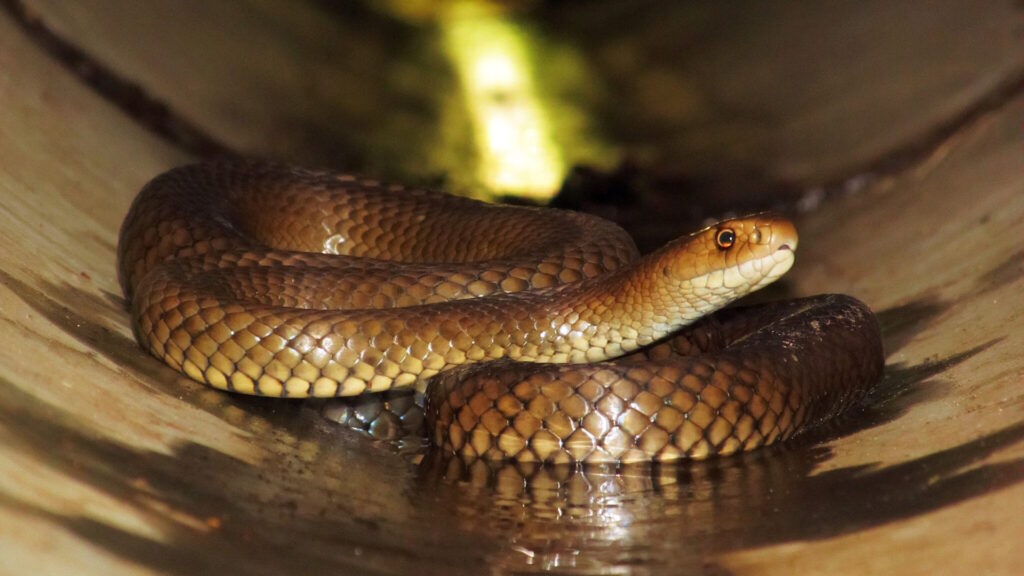
Perhaps no location is more disturbing for a deadly reptile discovery than spaces dedicated to children’s play and rest. Numerous families have experienced the horror of finding venomous snakes nestled among stuffed animals or coiled under beds, seeking the warmth and shelter these spaces provide. In a particularly alarming 2019 case, an Australian family discovered that a highly venomous eastern brown snake had been living in their child’s toy box for several days, with the toddler unknowingly playing just inches from the deadly reptile. In warmer climates, reptiles often enter homes seeking temperature regulation, with children’s rooms offering both warmth and numerous hiding places. Wildlife removal specialists note that the small spaces between toys, under furniture, and in closets mimic the natural crevices these animals seek for security in the wild. These incidents represent some of the most frightening encounters, as they combine deadly wildlife with our instinctive drive to protect our most vulnerable family members.
Engine Compartments and Vehicle Interiors
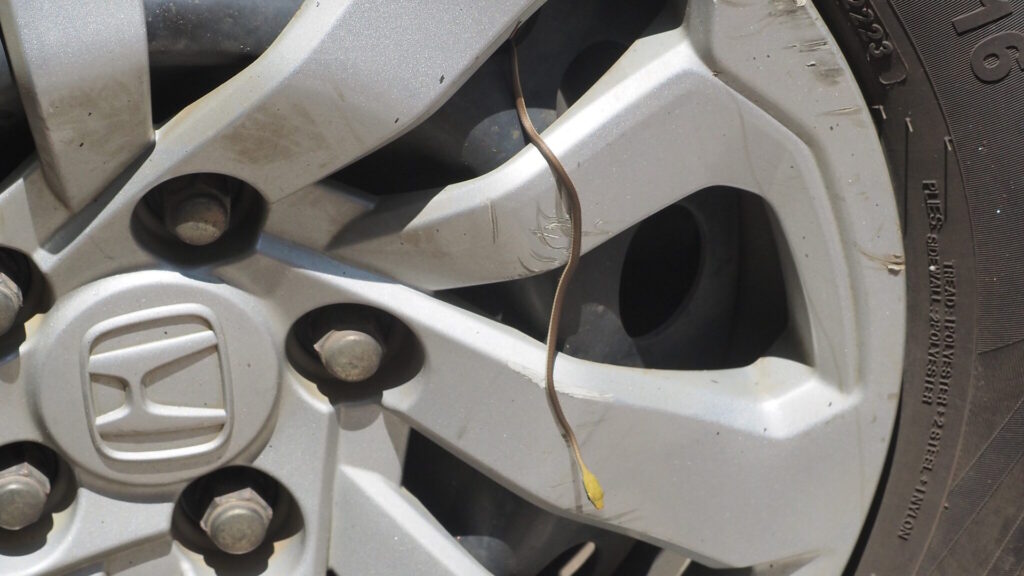
Vehicles parked outdoors have repeatedly proven to be attractive shelters for dangerous reptiles seeking warmth and seclusion. The engine compartment, with its residual heat and protected environment, creates an inadvertent reptile refuge that has led to startling discoveries. In Australia’s Northern Territory, motorists have started their days with the shock of finding large pythons wrapped around engine blocks or deadly eastern brown snakes coiled near brake fluid reservoirs. Even more alarming are cases where venomous snakes have entered vehicle cabins through heater vents or door gaps, such as the 2020 incident where a Queensland driver discovered a highly venomous red-bellied black snake emerging from under his dashboard while driving on a highway. Automotive technicians in reptile-rich regions now routinely check for snake presence during maintenance, acknowledging that modern vehicles with their numerous entry points and warm mechanical components have become unintended reptile habitats. These automotive encounters highlight how everyday transportation can unexpectedly bring humans into close contact with potentially lethal wildlife.
Washing Machines and Laundry Baskets
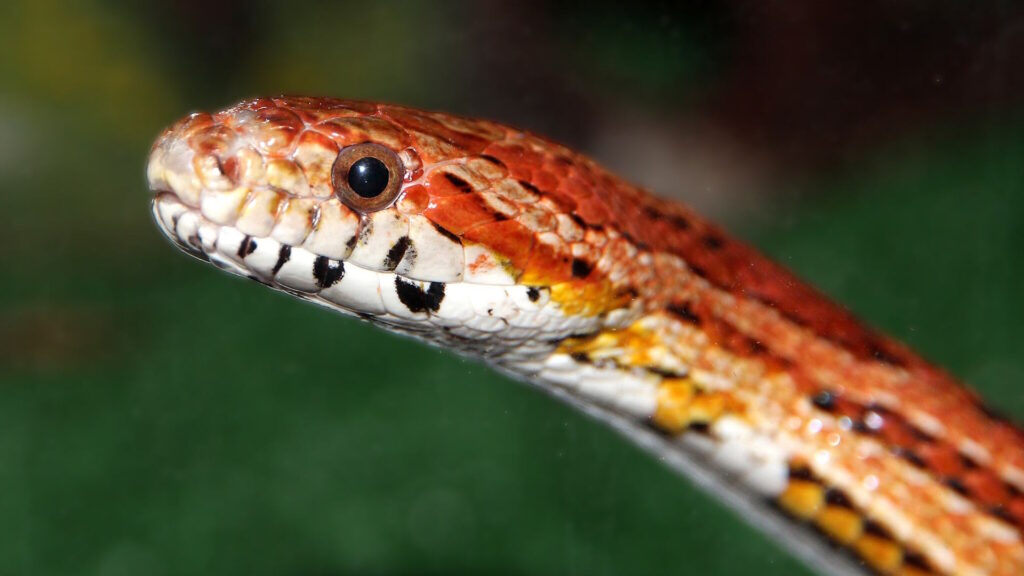
Laundry rooms have repeatedly proven to be unexpected sanctuaries for deadly reptiles, creating potential for dangerous encounters during routine household chores. The dark, warm environment of laundry hampers filled with clothing provides ideal hiding spots, while washing machines offer both shelter and a water source attractive to many reptile species. In 2017, a Sydney resident discovered a venomous red-bellied black snake curled among her clean clothes inside her washing machine, having survived an entire wash cycle. Even more concerning was a 2019 incident where a Florida woman found a diamondback rattlesnake nestled in her laundry basket after it had entered through a garage door left ajar. Herpetologists explain that snakes are attracted to these environments due to their insulated nature, moisture retention, and abundant hiding spots among fabric folds. These laundry room encounters represent a particularly insidious risk, as people typically handle clothes without visual inspection, reaching blindly into spaces where venomous reptiles might be concealed.
Hospital and Healthcare Facilities
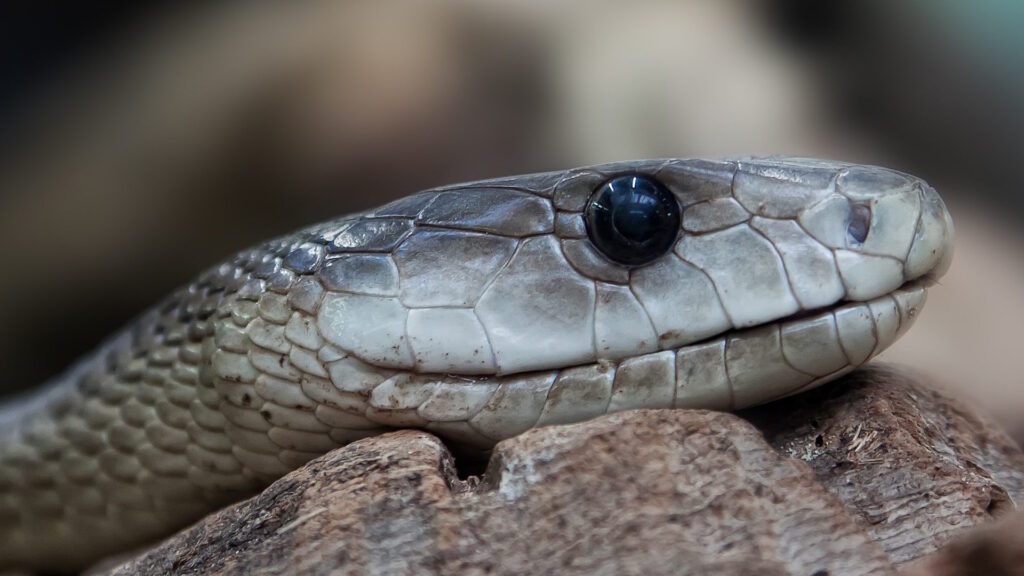
Places dedicated to healing have occasionally hosted unexpected reptilian visitors, creating uniquely dangerous situations in environments filled with vulnerable patients. In 2016, staff at a South African hospital responded to patient reports of a “creature” under a bed, discovering a four-foot black mamba—one of Africa’s deadliest snakes—that had entered through an open window. More recently, a Texas emergency room temporarily shut down when a rattlesnake was discovered in a supply closet, having likely entered through a loading dock. Healthcare environments, with their consistent temperatures, multiple entry points, and relative quiet during overnight hours, can inadvertently provide attractive conditions for reptiles seeking shelter. Public health officials note these incidents pose particular concerns due to the concentration of immunocompromised individuals who might be especially vulnerable to envenomation. These healthcare facility appearances demonstrate how even our most controlled and sanitized environments remain surprisingly accessible to wildlife from the surrounding ecosystem.
Office Buildings and Workplaces

Professional environments designed for productivity have occasionally hosted uninvited reptilian guests, creating workplace incidents far outside standard occupational hazards. In 2018, employees at a Melbourne accounting firm discovered a venomous tiger snake slithering between cubicles, having entered through the building’s ventilation system during a heat wave. Even more dramatic was a 2020 incident at a Florida real estate office where staff discovered a six-foot alligator that had shattered a ground-floor window overnight and made itself comfortable in the conference room. Workplace safety experts note that commercial buildings, often vacant overnight and equipped with climate control systems, can provide attractive shelter for reptiles, particularly in regions where urban development encroaches on natural habitats. These workplace encounters highlight how the boundaries between professional human spaces and wildlife territories continue to blur, creating potential for dangerous interactions in environments where employees reasonably expect safety from natural threats.
Inside Musical Instruments
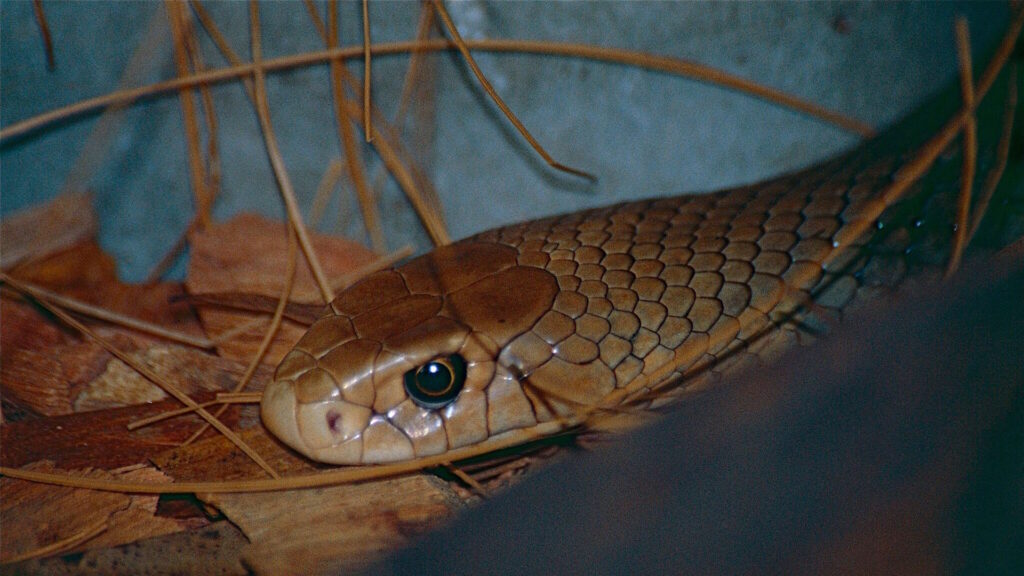
Musicians have experienced some of the most startling reptile encounters when deadly species choose the resonant chambers of instruments as hiding places. In Australia, a flute player discovered a young eastern brown snake—one of the world’s most venomous species—had taken residence inside her instrument case, attracted by the dark, insulated environment and proximity to the warm wooden instrument. Even more dramatic was the 2018 case where a classical guitarist in Spain found a venomous asp viper coiled inside his acoustic guitar, the snake having entered through the sound hole seeking shelter. Musical instrument repair specialists explain that the wooden construction, resonant chambers, and insulated cases create microclimates highly attractive to cold-blooded reptiles seeking temperature regulation. Professional musicians in reptile-rich regions now routinely inspect instrument cases before reaching inside, acknowledging the real possibility of finding deadly stowaways among their artistic tools.
Wedding Venues and Celebration Spaces
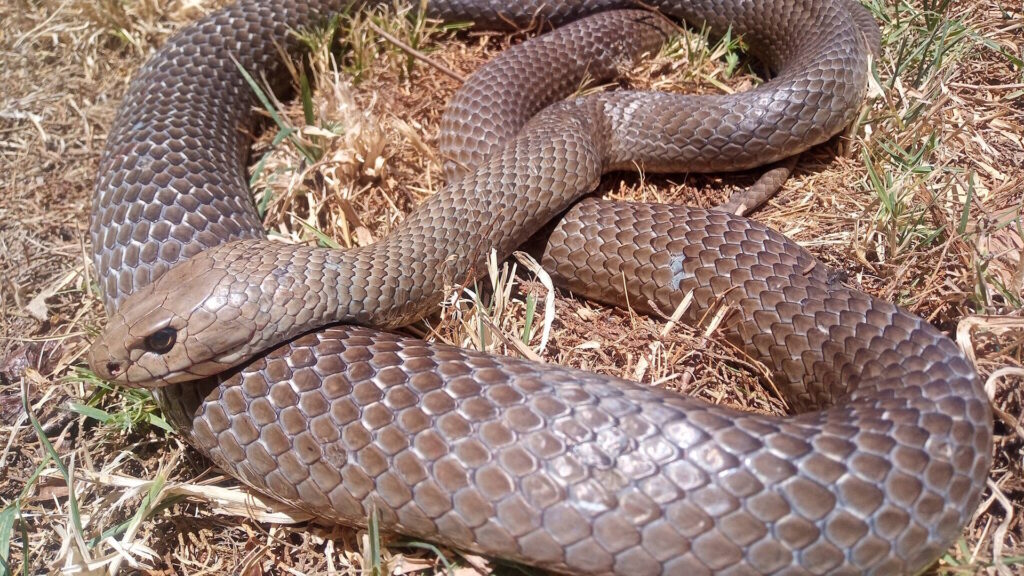
Special celebrations have occasionally featured uninvited deadly guests, creating memorable if terrifying interruptions to milestone events. In 2019, wedding guests at an outdoor ceremony in California scrambled for safety when a rattlesnake slithered through the seating area, likely disturbed by the unusual human presence in its territory. Even more dramatic was the Australian beach wedding where attendees spotted a highly venomous eastern brown snake moving beneath the bride’s flowing dress during vows, requiring careful intervention by a quick-thinking guest with wilderness training. Event planners in regions with significant reptile populations now routinely conduct pre-event habitat surveys and sometimes employ wildlife specialists to ensure celebration spaces remain free of potentially dangerous animals. These celebratory encounters highlight how even our most carefully planned human gatherings remain subject to wildlife interactions, particularly in outdoor venues where natural boundaries blur during special occasions.
Conclusion
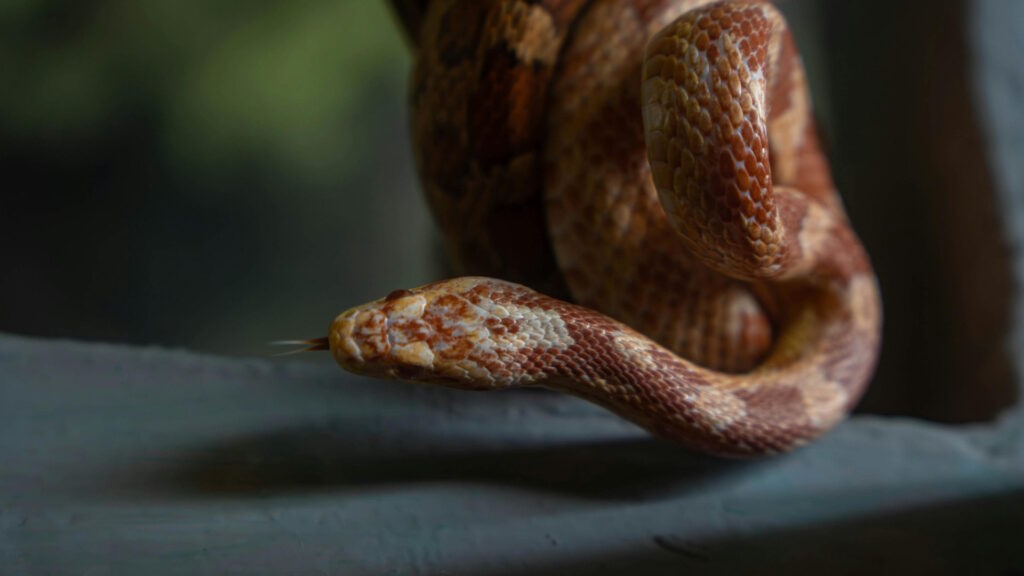
The appearance of deadly reptiles in unexpected places serves as a potent reminder of our complex relationship with the natural world. As human development continues to expand into previously wild territories, encounters with potentially dangerous wildlife—even in seemingly safe spaces—will likely increase. While these incidents can be frightening, they also offer important ecological lessons about adaptation, coexistence, and the remarkable survivability of reptile species. Rather than responding with panic, these unexpected meetings should inspire appropriate caution, improved awareness, and a deeper appreciation for the resilient creatures with whom we share our increasingly interconnected planet. By understanding the patterns behind these surprising encounters, we can better prepare for and prevent dangerous situations while maintaining respect for these ancient animals that continue to find ways to survive alongside us in our modern world.

